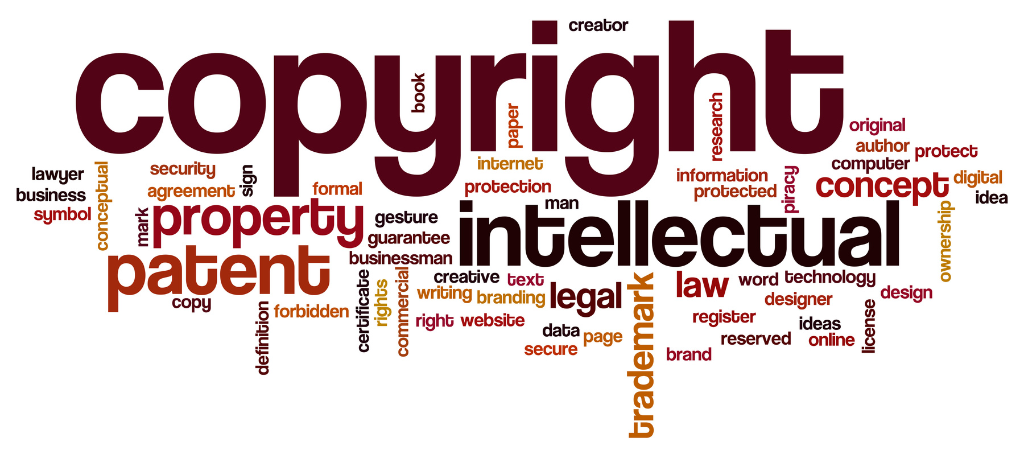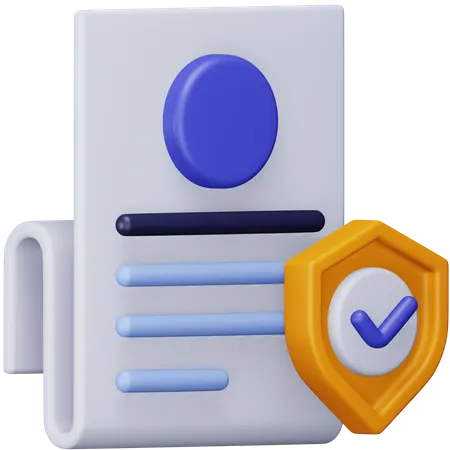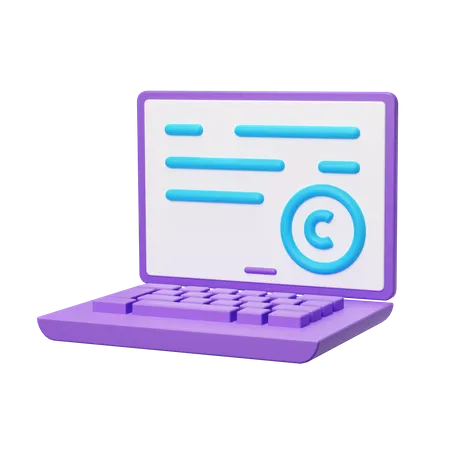
Copyright
Copyright, or author’s right, is a legal term used to describe the rights that creators have over their literary, artistic, and scientific works.
Copyright covers a wide range of works—not only books, music, paintings, sculptures, and films, but also computer programs, databases, advertisements, maps, technical drawings, and more. There are also rights related to copyright that protect the interests of those who are closely associated with copyrighted works, including performers, broadcasters, and producers of sound recordings.
Copyright is protected by a combination of national and international laws. These recognize the cultural and social significance of creative efforts as well as their substantial economic value.
The fundamental purpose of copyright law is to strike a fair balance between the interests of content creators, developers, and investors, and the public interest in accessing and using creative content.

What does copyright protection do?
Copyright applies to the creative expression of ideas in various forms: text, still or moving images, audio works, three-dimensional forms such as sculptures and architecture, reference works, and data compilations.
National copyright laws rarely provide an exhaustive list of everything covered. However, copyright generally does not cover ideas, procedures, methods of operation, or mathematical concepts.

Does copyright provide rights and entitlements?
Copyright includes both economic and moral rights. Essentially, economic rights include the right to control the distribution of a work. In other words, a copyright owner can prevent others from copying or using a work without permission, including by translating, reproducing, performing, or broadcasting it.
The exact enforcement of these rights by the owner depends on the national laws of the relevant country, but countries often provide a combination of civil and criminal penalties for copyright infringement.
Copyright also includes some moral rights of the creator, including the right to be recognized as the author of a work and to prevent its modification in a way that may harm the creator’s reputation.

Transfer, Trade and Copyright
In general, economic rights can be transferred and divided. The rights holder may agree to allow someone to use a work under specific conditions (license), or they may give or sell these rights to someone else, making that person the new owner (assignment). If the copyright holder dies, their successors and heirs will inherit the economic rights to the work.
Transfer of rights is quite common. For example:
Authors of books, composers, and recording artists often grant licenses to publishers in exchange for payments known as royalties.
In many countries, creators can grant or assign their rights to collective management organizations that monitor the use of works and collect payments from users on behalf of the creator.
Copyright owners may choose to donate their works for free or allow others to use them freely under certain conditions. For example, they may allow use based on standard Creative Commons licenses.
In many countries, moral rights are not transferable or assignable, but a creator may sometimes agree to waive them or refrain from using them.

Copyright and public interest
Copyright, by ensuring that creators can earn a fair reward for their work, serves the public interest, thereby encouraging more creative efforts and ensuring that works are properly acknowledged and respected.
The law also acknowledges that in certain circumstances, copyright limitations should not apply. For example, many countries allow copyrighted books to be adapted and reproduced without the permission of the copyright holder to create versions accessible to people with visual impairments and other physical disabilities, as the use of regular printed versions is difficult for them. This exception is now supported under international law through the 2013 Marrakesh Treaty, administered by WIPO, which also facilitates the cross-border exchange of accessible books.
Additionally, economic rights in copyright remain in place for a limited time (the so-called copyright term). Once this right expires, a work enters the public domain, meaning its use is free for anyone. Moral rights in some countries are limited, while in others, they are permanent.

National and international copyright laws
Like other forms of intellectual property, copyright laws vary across territories. However, international law sets minimum protective standards:
Copyright exists as soon as a work is created. There is no need for registration or any other formalities to obtain protection (although some countries have voluntary copyright registration systems).
Countries must protect most copyrighted works during the life of the creator and at least 50 years after the creator’s death.
International law means that copyrighted works are generally protected in most countries, not just the country where they were created.
These minimum standards are guaranteed by a set of international treaties managed by WIPO. Countries that have joined these treaties can offer more than the minimum protection (for example, a longer copyright duration).

Related rights
The law also protects the rights of certain individuals or groups involved in creative work. However, many jurisdictions do not provide copyright protection to them; including performers such as singers and actors, broadcasting organizations, and entities like recording companies that produce sound. These are known as related rights or neighboring rights because they are linked to copyright.
The protection provided is similar to copyright. In general, right holders can stop individuals from recording, communicating, or broadcasting their work without permission. However, the duration of protection is typically shorter than copyright. In most countries, protection lasts 50 years from the date of performance, recording, or broadcasting.

New Challenges
Copyright law must evolve to address new technologies and cultural practices. For example, digital technologies enable the creation and transmission of nearly perfect copies of works at a low cost.
In 1996, two new international agreements, the WIPO Copyright Treaty (WCT) and the WIPO Performances and Phonograms Treaty (WPPT), were concluded to help protect copyrights and related rights in the internet age. In 2012, the Beijing Treaty on Audiovisual Performances was also adopted to protect the rights related to audiovisual performers.
However, other challenges remain. How can traditional cultural expressions in developing countries be best protected in a globalized economy? Is 3D printing adequately covered by copyright law? What is the best way to ensure that musicians and artists receive fair payment when their works are accessible online from anywhere in the world?
WIPO helps countries develop common responses to these evolving challenges.
